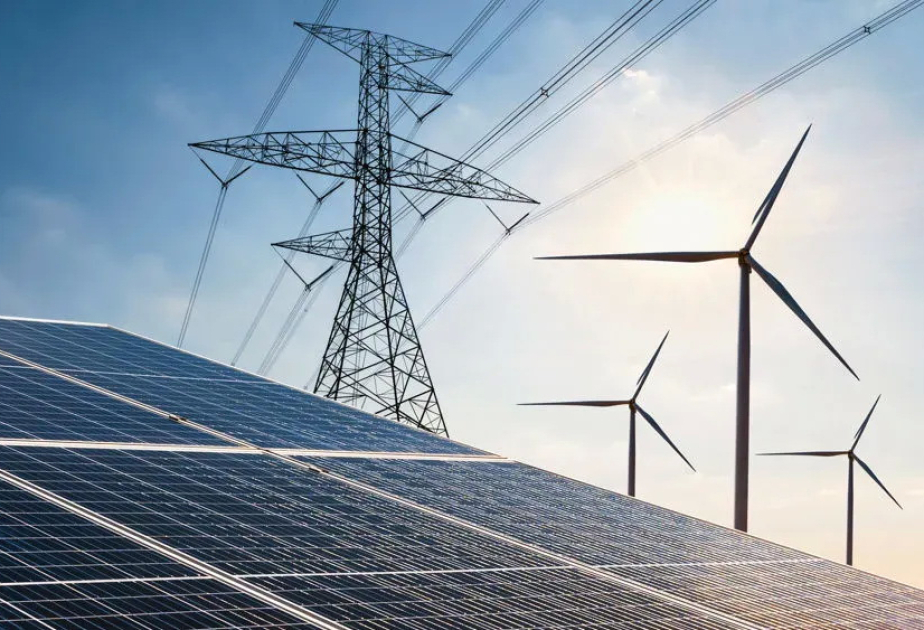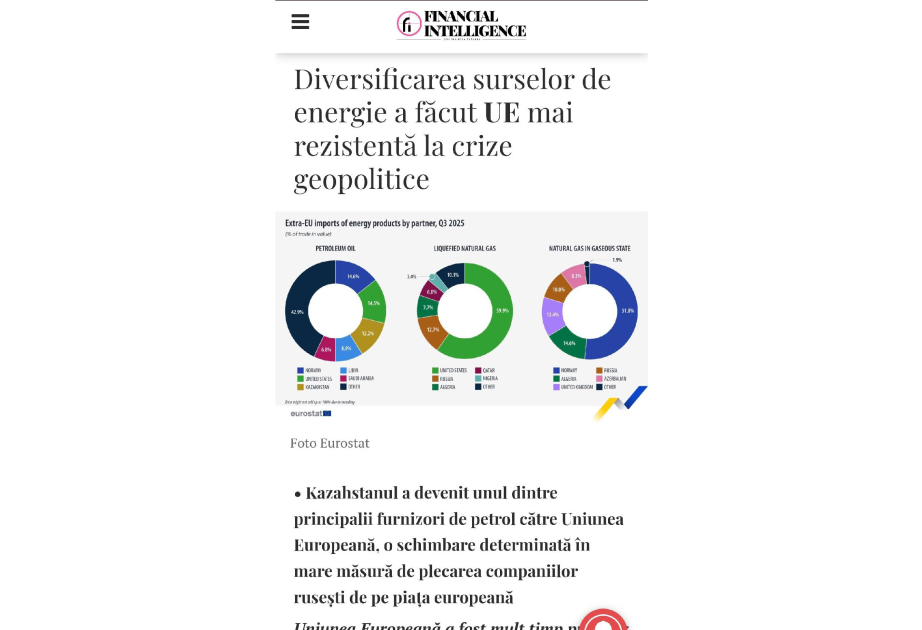As the world faces a complex energy landscape, robust, data-driven insights are crucial. The IEA's World Energy Outlook 2024 outlines three main scenarios and sensitivity cases, exploring uncertainties in renewables, electric mobility, LNG, and the impact of AI and heatwaves on electricity demand, Kazinform News Agency correspondent reports.
According to the IEA’s report, these scenarios highlight pathways for the energy sector, guiding policymakers on their implications for markets, security, and emissions,
The World Energy Outlook 2024 emphasizes that geopolitical risks remain a major challenge for global energy security. However, underlying market balances are easing, setting the stage for more intense competition among different fuels and technologies. According to the report, the latter half of the 2020s could see an overhang of oil and LNG supply, along with a significant surplus in manufacturing capacity for key clean energy technologies like solar photovoltaic (PV) systems and batteries. These surpluses could provide a buffer against further market disruptions while also exerting downward pressure on prices.
The report states that maintaining and accelerating clean energy momentum in an environment of lower fossil fuel prices presents a different set of challenges. The clean energy transition is gathering pace, with more than 560 gigawatts (GW) of new renewable capacity added globally in 2023, says the report. Investment in clean energy projects is approaching USD 2 trillion annually, nearly double the combined amount spent on new oil, gas, and coal supplies. According to the report, this surge in investment has driven renewable power generation capacity from 4,250 GW today to a projected 10,000 GW by 2030 in the STEPS scenario. While this is below the tripling target set at COP28, it is still sufficient to meet the projected growth in global electricity demand.
However, it also points out that the deployment of clean energy is not uniform across technologies and countries. China, for example, accounted for 60% of the global renewable capacity added in 2023. According to the IEA, China’s solar PV generation alone is expected to exceed the current total electricity demand of the United States by the early 2030s. The report highlights challenges in integrating this new renewable capacity into power systems and questions whether infrastructure expansions will keep pace with demand.
Global electricity demand is surging as the world moves toward a more electrified energy system. The report states that electricity use has grown at twice the pace of overall energy demand over the past decade, with two-thirds of this growth coming from China. The IEA projects that global electricity demand could increase by 6%, or 2,200 terawatt-hours (TWh), in 2035 compared to the previous year’s forecast, driven by factors such as light industrial consumption, electric mobility, cooling, and data centers powered by AI.
The report emphasizes that AI and data centers, while significant, are not the only drivers of rising electricity demand. According to the report, factors such as more frequent and intense heat waves and higher standards for appliances like air conditioners could add over 1,200 TWh of global cooling demand by 2035, which is equivalent to the entire electricity consumption of the Middle East today.
The IEA highlights the potential for faster clean energy transitions due to ample manufacturing capacity for technologies like solar PV and lithium-ion batteries. According to the report, solar manufacturing capacity is set to increase sixfold, reaching more than 1,100 GW annually—close to the levels required in the NZE Scenario. This surplus presents an opportunity to accelerate clean energy adoption, particularly in developing economies, where investment and financing hurdles often hold back progress.
The World Energy Outlook 2024 concludes with a clear message: the world has the capacity to accelerate towards a cleaner energy future, but this requires concerted action. According to the report, clean energy investments, policy commitments, and technological innovations are crucial to meeting rising energy demand while reducing dependence on fossil fuels. By 2030, the IEA projects that clean energy could be sufficient to meet all new global energy demand, bringing a peak in fossil fuel consumption.
Yet, challenges remain, particularly in meeting the goals, such as doubling the global rate of energy efficiency improvements by 2030. According to the report, while progress has been made, these targets remain elusive without stronger policy frameworks and coordinated international efforts.
















